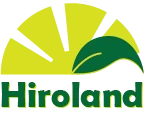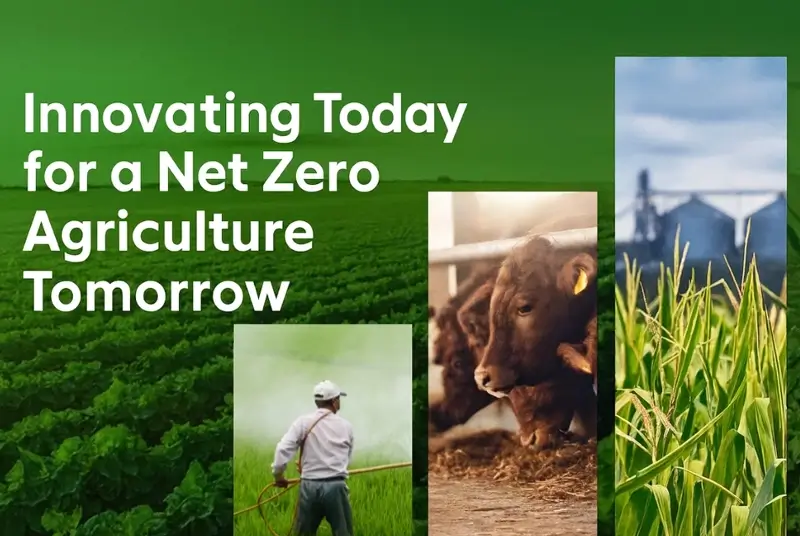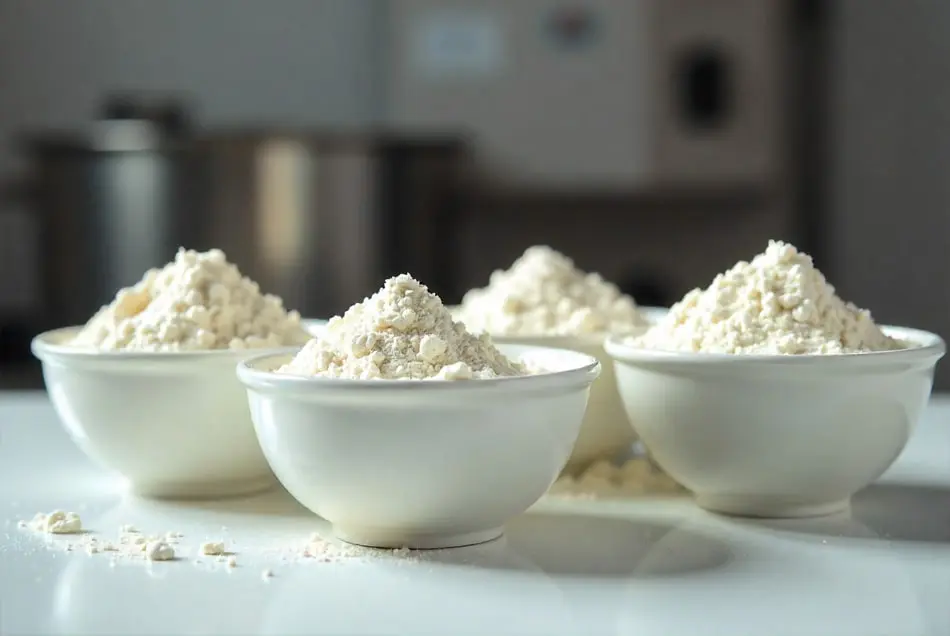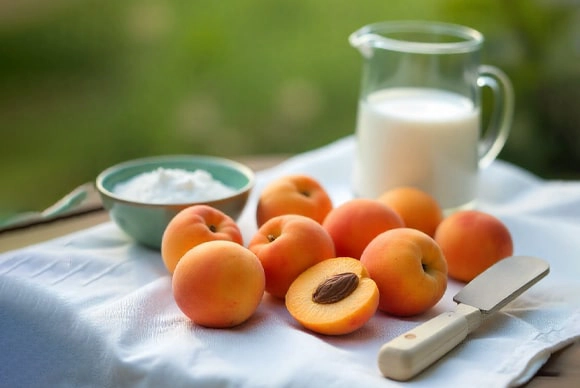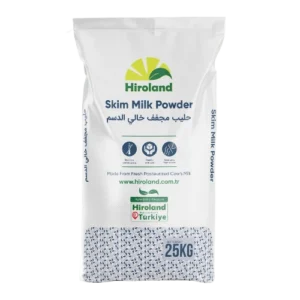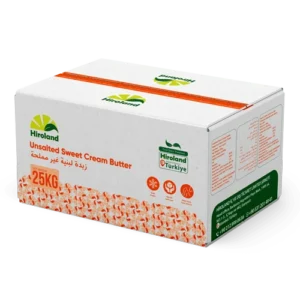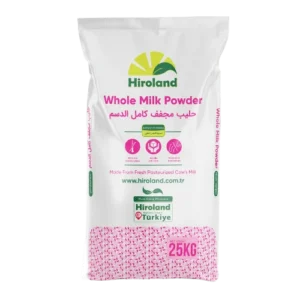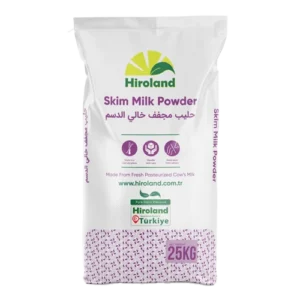Net Zero in Agriculture has become a global priority as climate change pressures grow and industries aim to align with more sustainable practices. The food and dairy sectors — both vital to global nutrition — are among the largest contributors to greenhouse gas (GHG) emissions. But they’re also uniquely positioned to lead the transformation toward sustainability. Through the adoption of climate-smart agriculture, regenerative practices, and innovative emission-reducing strategies, the net zero dairy industry is becoming a reality.
Net Zero in Agriculture
Net Zero refers to the balance between the amount of greenhouse gases emitted into the atmosphere and the amount removed. The goal is to reduce emissions as much as possible and offset any remaining emissions through carbon capture, reforestation, or other mitigation methods. The aim of achieving Net Zero is to limit global warming, protect ecosystems, and create a more sustainable future. In agriculture, this means transforming traditional practices to reduce emissions from livestock, fertilizers, and land use while enhancing the land’s ability to absorb carbon.

The Climate Challenge in the Dairy Sector
Dairy farming contributes significantly to GHG emissions, particularly methane, a potent greenhouse gas released during digestion in ruminants and manure management. According to the FAO, the global dairy sector accounts for approximately 3% of total anthropogenic emissions.
Achieving net zero goals for the food industry requires targeted strategies in the dairy value chain, including improvements in feed efficiency, manure processing, and transportation logistics. Many farms and producers are now working to implement dairy carbon footprint reduction strategies without compromising productivity or food safety.
Sustainable Dairy Farming Practices in Action
Modern sustainable dairy farming practices focus on reducing environmental impact while maintaining animal welfare and economic viability. Techniques like rotational grazing, optimized feed formulation, and energy-efficient milking systems are already being implemented across leading dairy operations.
One effective method of reducing methane emissions in dairy farms is the inclusion of feed additives such as seaweed, fats, or essential oils, which inhibit methane production in cows’ digestive systems. Additionally, covered manure storage and anaerobic digesters convert organic waste into biogas, offering a renewable energy source while limiting emissions.
Regenerative Agriculture and Net Zero Alignment

Regenerative agriculture and net zero efforts go hand in hand. This holistic approach to farming enhances soil health, sequesters carbon, and improves water retention. By adopting practices like cover cropping, reduced tillage, and organic composting, dairy farms contribute directly to carbon neutral milk production.
These efforts not only improve farm resilience but also contribute to broader greenhouse gas reduction in livestock farming. As soils regain their ability to store carbon, they become a vital tool in offsetting emissions produced by dairy herds.
The Shift Toward Low Carbon Dairy Products
Today’s consumers and B2B buyers increasingly demand low carbon dairy products. To meet this demand, producers must track and minimize emissions throughout the supply chain — from feed sourcing and farm operations to processing, packaging, and distribution.
Third-party certifications and lifecycle assessments help verify sustainability claims, ensuring transparency and trust. Brands that actively lower their carbon footprint gain a competitive edge and position themselves as climate-responsible suppliers in the global market.
Hiroland’s Commitment to a Net Zero Dairy Future
At Hiroland, we believe that sustainable progress is not only a responsibility — it’s a strategic advantage. Our commitment to environmental excellence is aligned with the principles of Net Zero in Agriculture, and we continuously work with our suppliers and partners to adopt sustainable dairy farming practices.
Through innovation, quality control, and international certification compliance, we help our clients source low carbon dairy ingredients such as skim milk powder, whole milk powder, and butter that support their net zero goals for the food industry. We are actively exploring opportunities in carbon neutral milk production, while integrating traceability, emissions monitoring, and climate smart agriculture partnerships across our supply chain.
As the world moves toward decarbonization, Hiroland is proud to be part of the transformation — empowering our clients with reliable, high-quality, and sustainable dairy solutions.
To explore how Hiroland can support your sustainability goals with low-carbon dairy ingredients, contact our team today.
Read More: Sustainable UHT Milk Powder: A Game-Changer for Eco-Friendly Food Solutions

